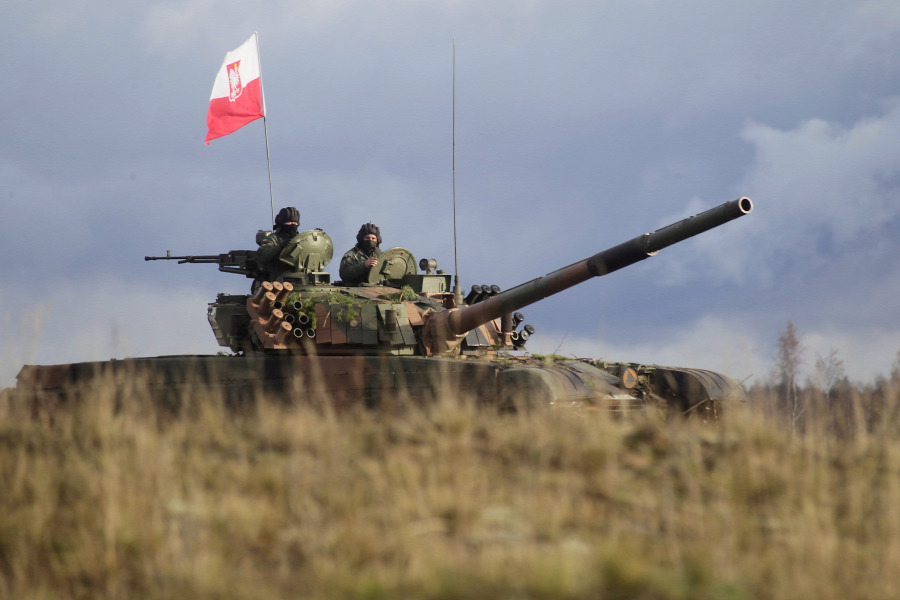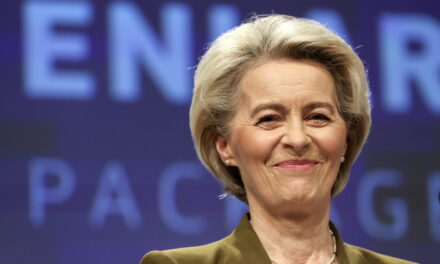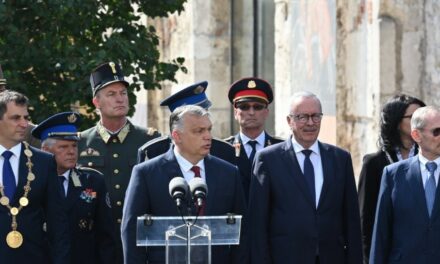Warsaw is embarking on its biggest rearmament campaign in 50 years in response to the growing threat posed by Russia, the Telegraph reports
The war next door and the growing fear that Poland could one day be in the Kremlin's crosshairs is prompting the Polish government to quickly arm itself.
This year, it will spend 4 percent of GDP on defense, twice the NATO requirement, making Poland the alliance's largest defense spender per capita.
Some of the new equipment deals were made before the war in Ukraine, when Poland, already aware of the Russian threat, began rearming its army, which was still heavily stocked with Soviet-era equipment.
However, Putin's invasion accelerated the process and prompted the country to sign several new treaties.
"The Russian Federation's criminal attack on Ukraine and Putin's unpredictability mean we need to accelerate the modernization of equipment even more"
Polish Defense Minister Mariusz Blaszczak told the Defense24 portal.
"It is crucial for Poland to increase the level of security as quickly as possible. We can only achieve this by creating a strong army. It is strong enough to deter any potential aggressor from choosing to attack”.It initially placed an order for 1,000 K2 tanks from South Korea, as well as 250 brand new M1A2 SEPv3 Abram tanks from the United States. This makes Poland the owner of Europe's largest tank army.
Its artillery will be strengthened by 600 K9, 18 HIMARS missile launchers with 9,000 missiles and 288 K239 Chunmoo MRL systems from South Korea.
More than 1,000 Polish-made Borsuk infantry fighting vehicles will carry Polish troops into battle, while air cover will be provided by 96 AH-64E Apache helicopters purchased from the United States and 48 FA-50 fighter jets ordered from South Korea. .
"We're changing our equipment very, very quickly," Capt. Adamiak told the Telegraph. "It's really a revolution, not an evolution."
All of this is underlined by plans to double the size of the Polish army to 300,000, which would make Poland - in terms of numbers - the largest military power in Europe west of Ukraine.
There are also talks of building a “huge arms factory” in partnership with the UK, in part to help manufacture and repair equipment and weapons for Ukraine.
However, the equipment comes at a serious price. Poland has enjoyed years of economic growth, and GDP is forecast to grow this year despite the economic fallout from the war in Ukraine, but the costs of lavish defense spending will be significant.The European Commission has denied Poland access to around £30bn of aid and cheap loans from the EU's post-pandemic recovery and resilience fund amid a row over the rule of law. The Polish government has introduced legislation that could break the stalemate, but the money remains out of reach for now.
To help Poland, the US Congress approved $288.6 million in military funding last year to "deter and protect" against the increased threat from Russia.
Money helps, but since inflation in Poland is around 17 percent and economic growth is slowing down, meeting the defense budget may be difficult.
Cross-party support for military spending appears to continue despite deep and often bitter political divisions in Poland. Aware of the threat posed by Russia, the opposition parties mostly accepted that Warsaw had to spend, at least for the time being, if only to avoid the fate of their neighbor.
Poland will have elections in the fall, and defense, and who can best defend the country, will undoubtedly become an election issue.
Featured image: MTI/EPA/Valda Kalnina













